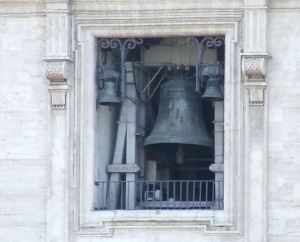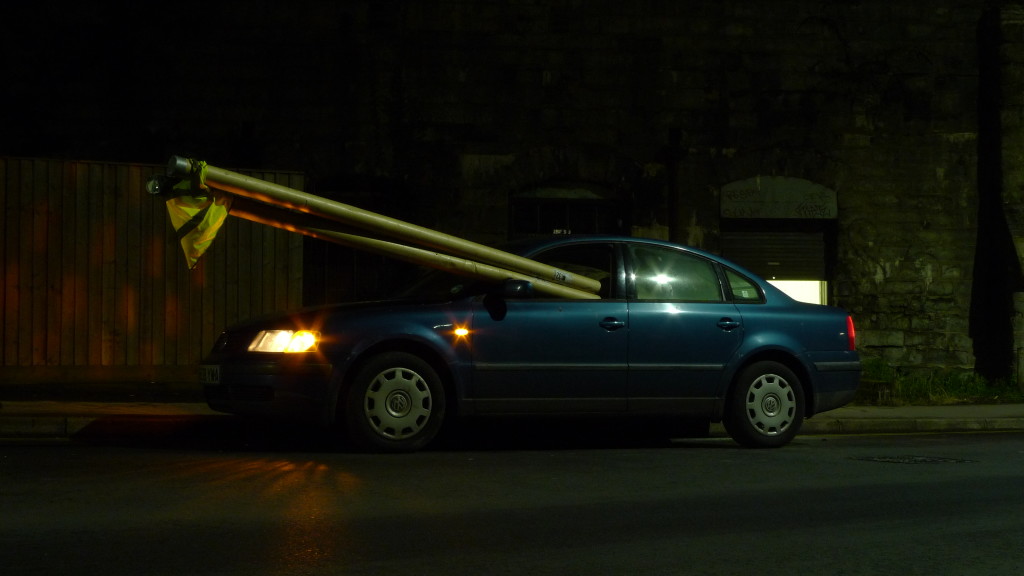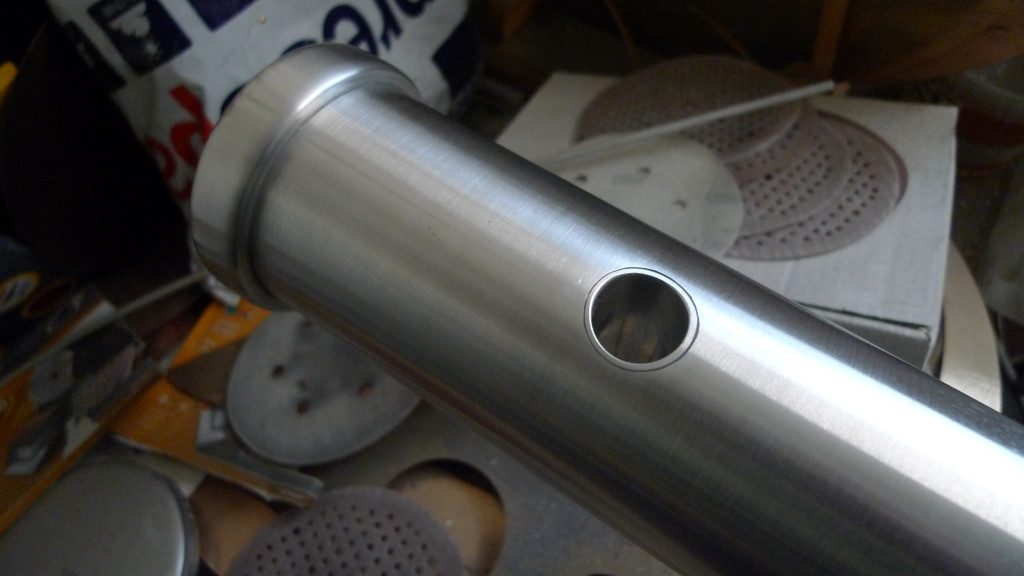Where do you find the most bells in classical music? In opera. Where do you find the lowest ones? In Tosca by Giacomo Puccini. The percussion score includes an E1, an F2 and a Bb2. That E1 – the lowest E note on a standard piano – was inspired by the tolling of the Campanone (the big bell) of St. Peter’s Basilica in Rome. A 10 tonne bell – actually quite light as some tower bells go and, actually, an E3. We can only assume that Puccini wanted an E1 as an exaggeration. How do you replicate this in an orchestra? So far, the answer is, you don’t.

At least, you don’t with a tubular bell. You might with a bell plate. But that’s for another blog. I believe there have been E2 tubular bells – i.e. one octave up – made (by EQ Percussion and by Century Mallet) for use in Tosca, but I have neither seen nor heard them. They’ll be around 15 foot long 2″ chimes by my estimate. The overtone structure of tubular bells and the way your ears and brain assign pitch to such things really starts to fall apart below about Eb3 or D3, so there must be some tricks involved in making these work. Either that or their note naming convention is different.
The Orchestra of the Royal Opera House at Covent Garden in London got in touch with me about replacing some old tubular bells they have which were – reportedly – the F2 and Bb2 for Tosca. The F is starting to crack up and can’t be played loudly any more. I went to have a look and take some recordings for analysis. It turns out these Bronze beauties are Harringtons’ Patented Tubular Bells from up to 120 years ago (metal tubular bells themselves being only around 155 years old as a concept). They were probably originally installed in a church tower. Roughly 3 inches in outer diameter, 1/2 inch thick in wall, and getting on for 3 metres in length; the F is around 65kg and, as it turns out, not an F2, but an F3. Sorry about the terrible mobile phone picture:

So, I’m both relieved and disappointed in almost equal measure that I don’t have to figure out the tubular bells below D3 conundrum – yet.
Evidently, the sheer size of the bells allow much more volume from the bass partials to get out into the air and thus to suggest the lower octave. Or, perhaps more likely, they are less prone to sounding an octave higher than they should, as deep tubular bells of lesser girth can sometimes do. Tubular bells fool you into hearing a virtual fundamental “1” by having three partials in their overtone spectrum which are approximately in the ratio 2:3:4 – so they seem like part of a harmonic series. Sometimes this auditory illusion can break down and you can hear the 2 and 4 as 1 and 2, or yet higher overtones point to a different pitch altogether.
To make replacement tubular chime bells in Bronze, or even Brass would be extravagantly expensive today – not to mention back-breakingly heavy. I have had success in making bass chimes using thick-wall Aluminium tubing. For this kind of thing, it ends up being quite a bit lighter, despite being up to 20% longer for the same note. The natural tendency for the Aluminium to damp the higher overtones also helps bolster the virtual pitch illusion. Let the adventures in 3 inch diameter Aluminium tubular bells begin!
I wanted to use 3 inch outer diameter by 1/2 inch wall thickness Aluminium, the same cross section as the existing Bronze bells, but was not able to find any which could be supplied in time. So I went for 3/8 inch wall. Really, I would have liked to have been able to compare the two and decide which sounded better, rather than extrapolating from my experiments in 2 inch tubing. I ordered two 5 metre lengths. I couldn’t get them delivered directly to my workshop so had to transfer them from my home to there in my car.

When I made my cymbal lathe, I made sure it was also capable of taking a standard metal-turning chuck. However, there isn’t a solid lathe bed or tool post, so some operations using this can be a little Heath-Robinson.
Still, I can make nicely shaped caps and do the overall finishing of these (very) long tubes using this lathe.

I like to fit cord guide tubes on my tubular bells. It makes life so much easier when threading the suspension cords through and it also helps the cords last a lot longer before they fray. For bells this big, that meant drilling some pretty big holes. A 1 inch hole saw was slightly too large (larger than advertised, in fact) and a 15/16 inch hole saw was slightly under what I needed. So, that lathe chuck came in handy again by allowing some power-reaming.



While proper tubular bell tuning is more than simply cutting the tube to the right length, tuning the Bb was a breeze. After a little experimentation, everything fell into place nicely. The “4” overtone being only 4 cents out with the “2” being dead on. The “3” was a little flat, but not enough to upset anybody. The (approximate) minor 3rd and hum tones were quite loud giving plenty of body to the sound of the bell. The F, however, was more of a challenge and took the bulk of the time.
It is easy enough with recording gear and computers to see exactly what is going on with the tuning of all the partials in a tubular bell. It is less easy to infer from this what the perceived pitch of the bell will be and, at notes significantly down on middle C (C4) like this, it can be hard to be objective about what you are actually hearing. Would the bell sound better 20 cents sharper? 20 cents flatter? 7 cents flatter? They all seemed reasonable and yet all a bit different, and different again in different contexts. After going dangerously far down a blind alley (finding a Bb partial in the F bell and matching it to a partial in the same octave in the Bb bell) I realised it was far easier to hear the apparent fundamental pitch of the bell when alternating between it and a reference, rather than listening to the two sounds at the same time. At last I have two bells which sound in tune and also good next to each other.

They really are monsters at 2.8 and 3.2m long, but a fair bit more manageable weighing “only” 16 and 18kg. The Opera House has a specially constructed frame with built-in stairs and a platform for the elevated percussionist. Of course, it doesn’t fit in the pit, but that is fine as the bells are suppose to be “off stage” anyhow. I hear that Maestro Pappone is happy with the sound of the new bells – such feedback is always nice to receive! They just about fit in my workshop in the tallest part so I could test them properly. I thought I might have to move the lathe around 90 degrees to accommodate the F, but I got away with just pushing it back by 6 inches or so. If we need to replace the E bell at some point in the future, things may get a little more tight.

